The manufacturer’s distribution channels are becoming complex and hard to monitor. This allows an easy entry of adulterated products in the pipeline. It is an economically driven crime that is hard to detect and difficult to prosecute. Cooking oil is basis of most food products in our diet. Mixing or substituting healthy oils with contaminants poses long-term health risks to the consumer. The need of the hour is a low-cost & instant food testing method.
Our solution is based on the discovery of Nobel Laureate Dr CV Raman and identifies materials based on their molecular bonds and structure. Raman spectroscopy is already being used in laboratories all around the world for material identification. Our innovation lies in using patented micro-optics technology and semiconductor manufacturing techniques to build a low-cost handheld Raman Spectrometer. This device, “Raman-1” feeds the spectral data to our cloud based Artificial Intelligence based machine learning algorithms for an instant decision. A user-friendly smart phone-based mobile app controls the spectrometer. A webportal that provides user services and detailed spectral details can be used for detailed analysis.
Our first challenge was manufacturing accurate and reliable hardware at low cost. Three years of engineering research and development have yielded a pocket sized IOT device at costs level of a smart phone. Although the quantitative accuracy is below complex laboratory equipment, it is a simple to use field device that operates outdoors. Results are available within one minute. The best part of our solution is that testing can be done through the bottle, without opening the packaging.
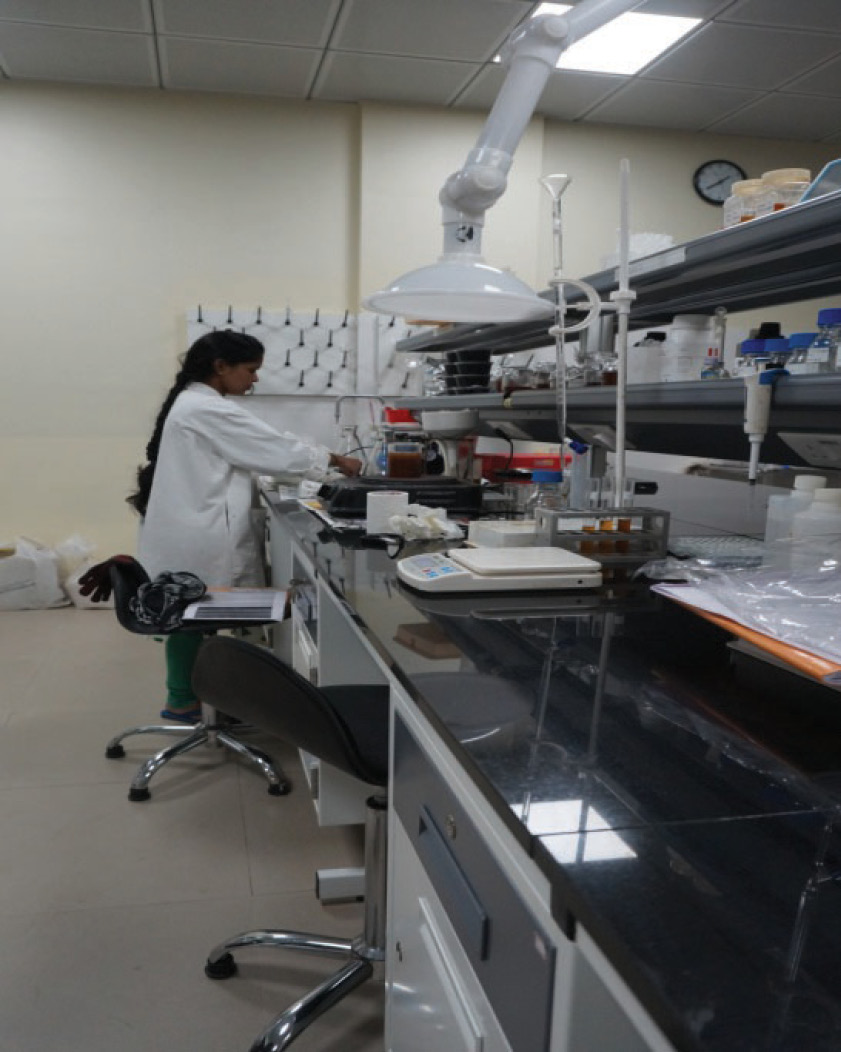
The second challenge is the development of ‘golden signatures’. Our solution is akin to fingerprint matching. We match the Raman spectra of the tested sample with the verified spectra or ‘golden signature’ of the product being tested. The spectra of genuine products can vary with time, or change, depending on the properties of the input substances. For example, mustard oil extracted from different variants of mustard seeds are known to have different Raman spectra. Similarly, the ageing of olive oil causes its spectra to change. It is imperative that our system identifies expected variations in the spectra, and lets them pass, while zeroing in on unexpected deviations and raising a flag. Our decision algorithms need to differentiate between intrinsic and extrinsic causes of variation. We are using Artificial Intelligence and machine learning tools to build this capability. The funding from the
U.S.-India Science & Technology Endowment Fund (USISTEF) is enabling us to build our machine learning algorithms, conduct confirmatory lab testing of collected samples, and populate our golden signature database.
We have chosen edible oil as our first area of focus. We are working closely with the Food Safety & Standards Authority of India and multiple manufacturers to collect spectral data of verified pure samples. We expect that the task of building our database of golden signatures & machine learning algorithms for authentication will take between 3-4 months. While the task is simple for any one type of oil, the sheer variety of edible oils used in the Indian market complicates things. Over the past two months, we have collected over 2000 spectral samples for more than 50 varieties of edible oils. Working with Food Safety Officers, we have started trials in multiple states. In addition to testing for adulteration, we are also testing for Polar compounds that are generated by repeated heating of cooking oil. These polar compounds are extremely carcinogenic with grave implications for public health.
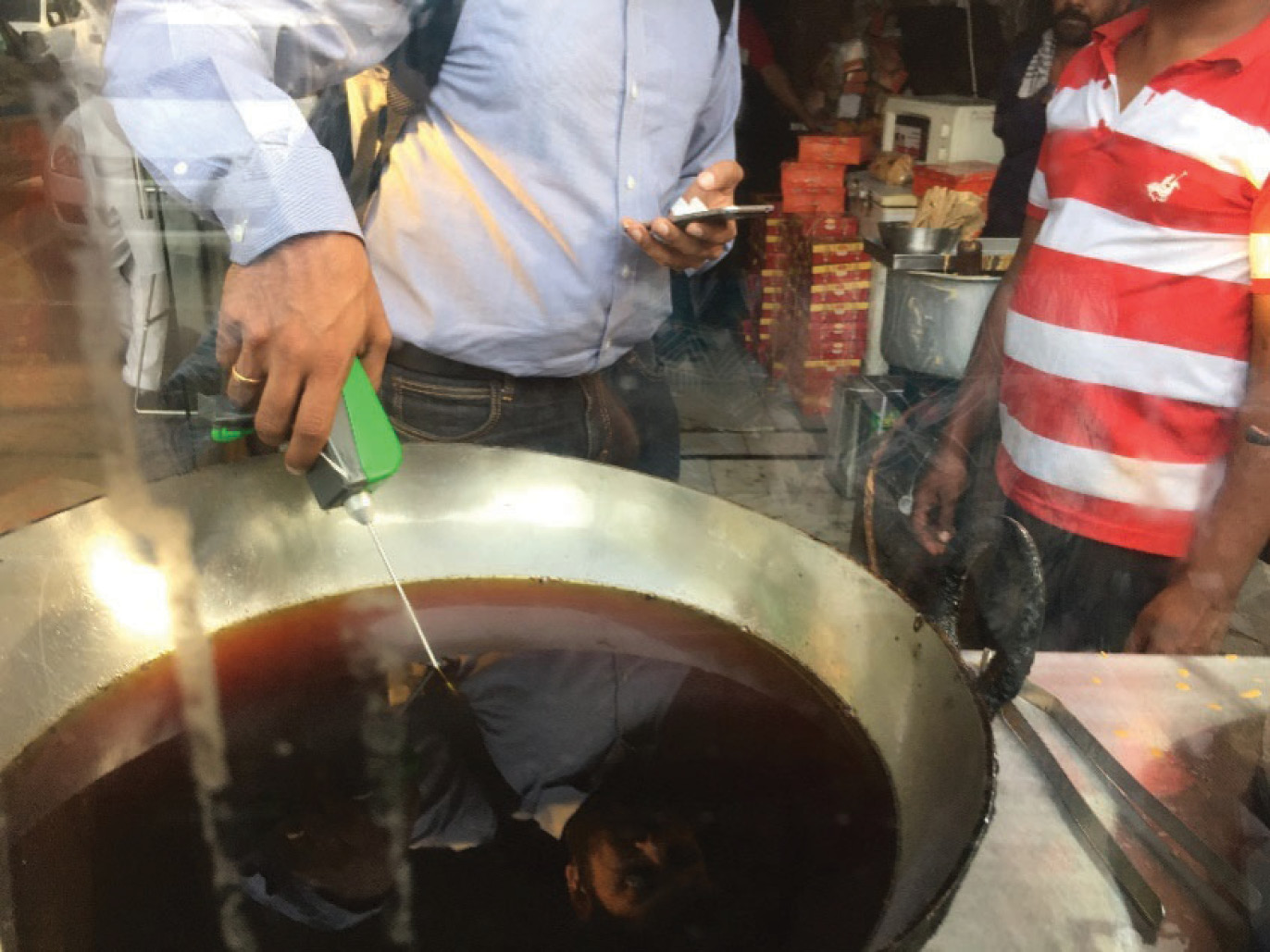
Oak’s Raman-1 being used at a food shop in Chandigarh.
We are very grateful to USISTEF for the encouragement and grants to allow us to expedite and deploy our technology. The partnership germinated by USISTEF between
Oak Analytics and d technology is a powerful combination of scientific and engineering expertise, deep knowledge of food testing technology, and proven management skills. Oak is focussed on hardware and software development, d technology performs validation testing and provides valuable feedback to Oak engineers to optimize its algorithms. Our teams are working hard to deploy the first generation of our product.
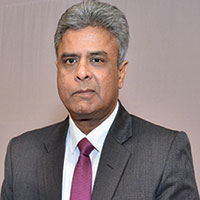
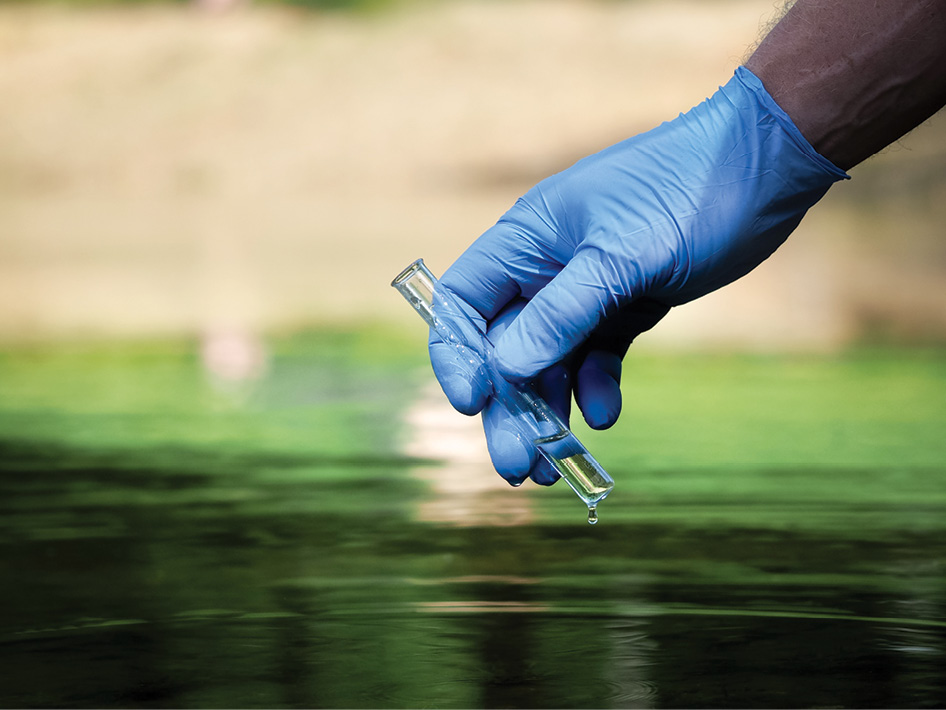
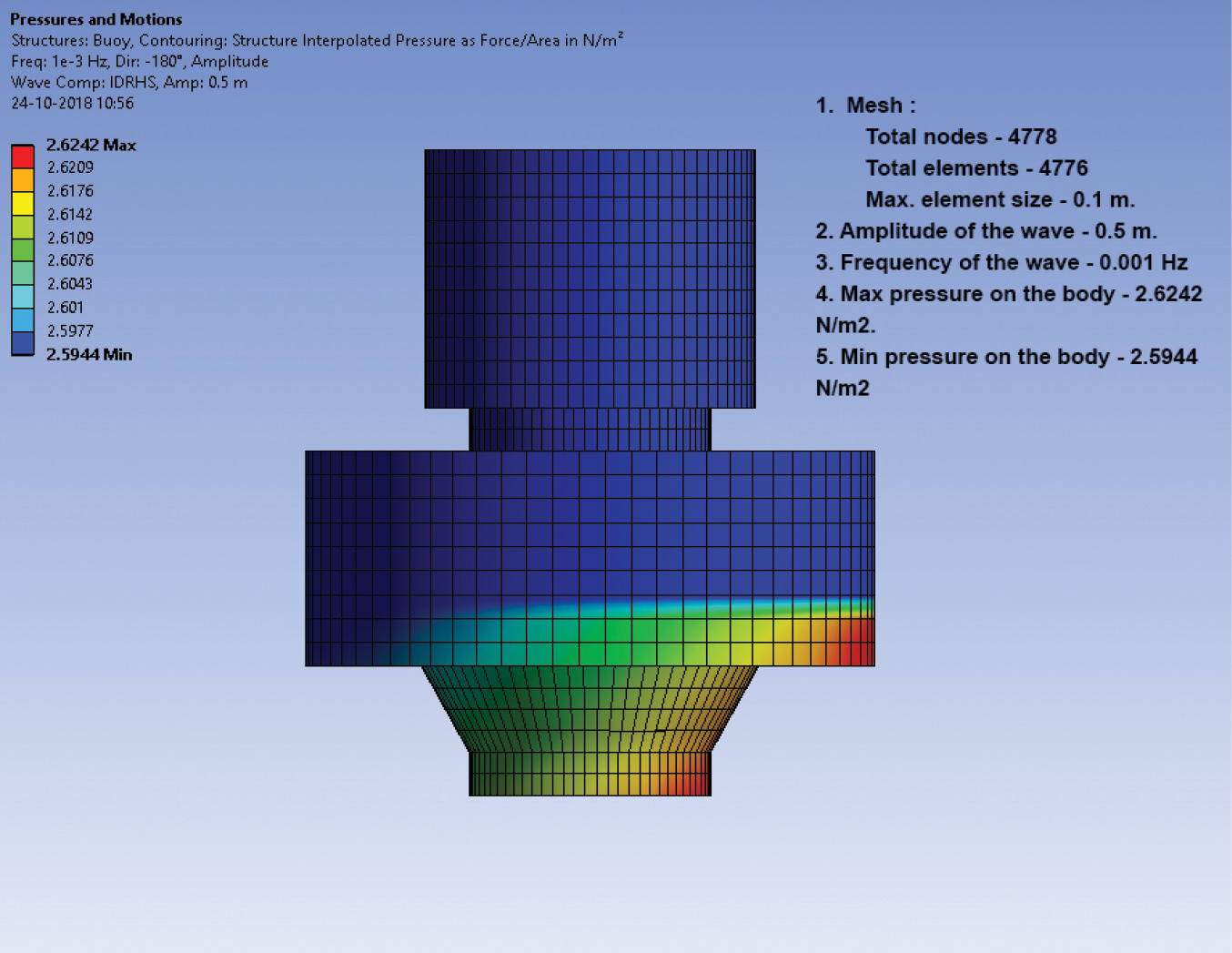
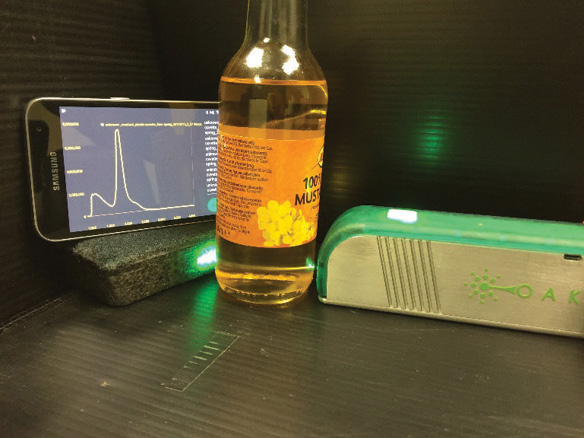
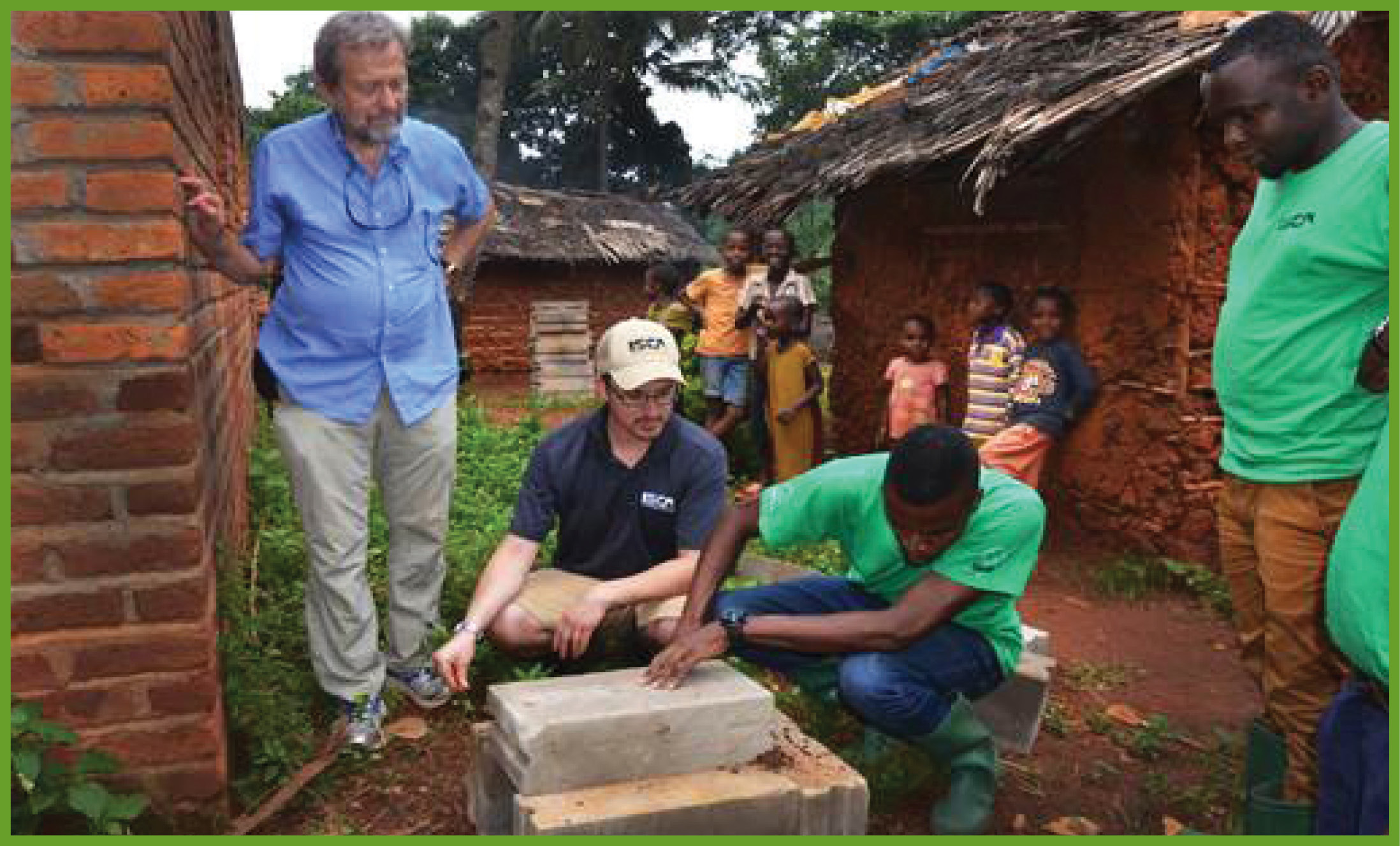
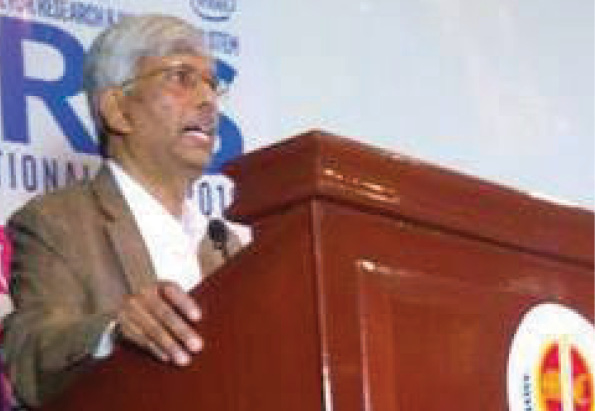

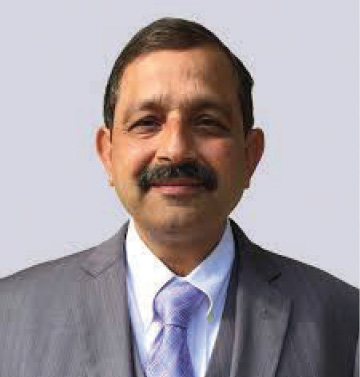
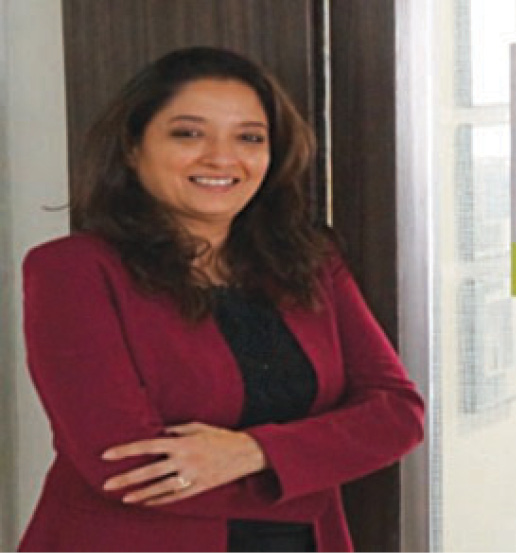


 Oak’s Raman-1 being used at a food shop in Chandigarh.
Oak’s Raman-1 being used at a food shop in Chandigarh.